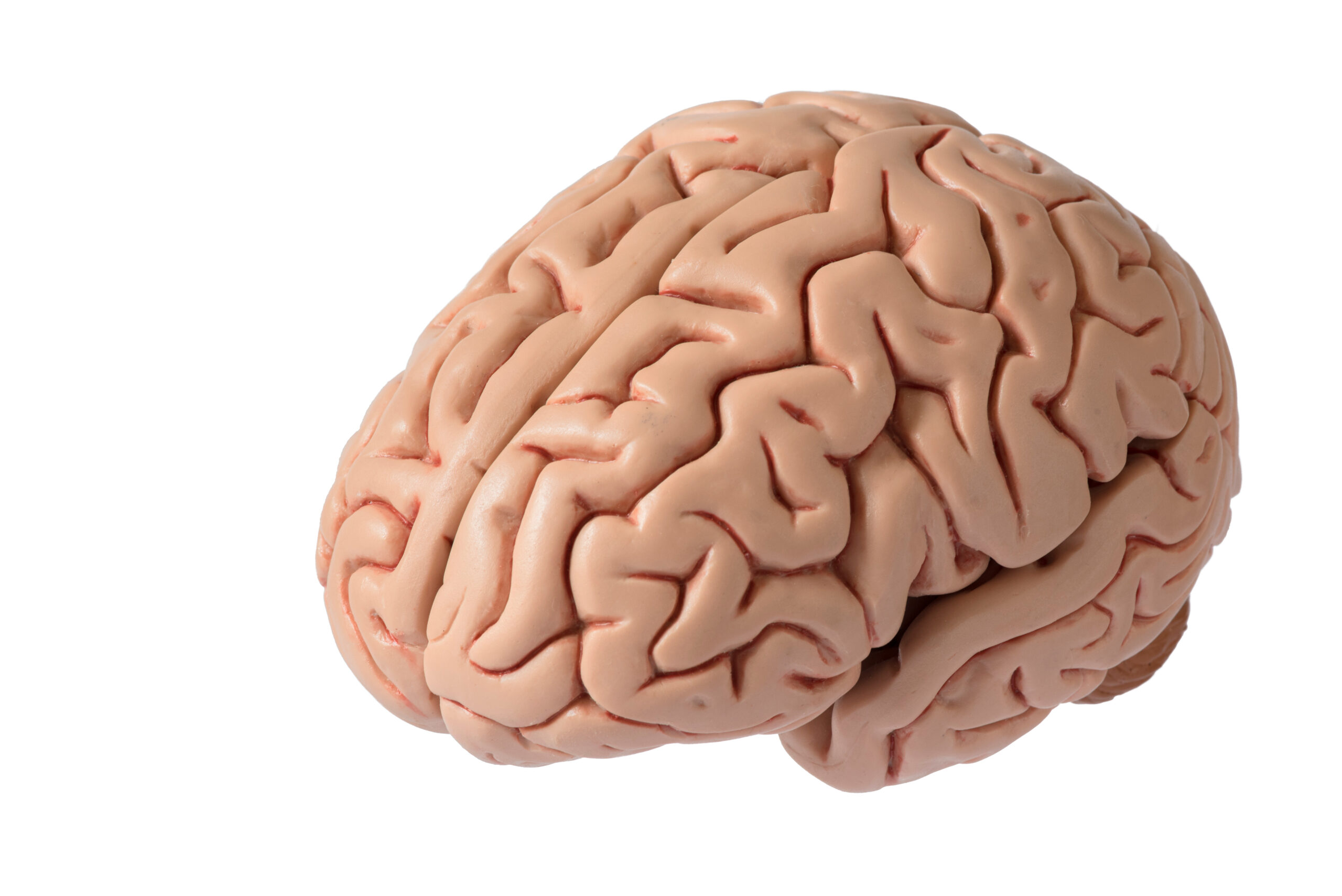Why Your Dislike of Slippery Floors Reflects Balance Neural Quirks
### Why Your Dislike of Slippery Floors Reflects Balance Neural Quirks
Slippery floors can be a real hazard, especially for older adults. But why do we find them so unsettling? The answer lies in the way our brains process balance and risk. Let’s dive into the fascinating world of balance neural quirks and how they influence our perceptions of slippery surfaces.
#### The Brain’s Balance System
Our balance system is a complex network of nerves, muscles, and sensory inputs that work together to keep us upright. It involves the inner ear, which contains tiny hair cells that detect movement, and sensory receptors in our feet and joints that provide feedback about our position and movement. When we walk, these systems work in harmony to adjust our movements and maintain balance.
#### Perceived Risk and Slippery Floors
When we encounter a slippery floor, our brain quickly assesses the situation. It’s not just about the physical sensation of slipping; it’s also about the perceived risk. Research has shown that people tend to find slips riskier than trips, even if the physical impact is similar. This heightened sense of risk is linked to how our brain processes balance disturbances.
#### Emotional and Physical Responses
Studies have found that slips lead to greater whole-body disturbances than trips. This means that when we slip, our body’s center of mass (CoM) velocity increases more significantly, making us feel more unstable. This increased physical disturbance can trigger a stronger emotional response, making us perceive slips as more dangerous.
#### Learning and Adaptation
Interestingly, our brains can adapt to repeated exposure to balance disturbances. This means that if we experience multiple slips or trips, our perception of risk may decrease over time. However, this adaptation doesn’t necessarily mean we become less cautious; it’s more about our brain’s ability to adjust to the new information.
#### Practical Implications
Understanding these balance neural quirks can help us develop better strategies for fall prevention. For instance, older adults might benefit from training programs that improve their reactive responses to balance disturbances. Additionally, using handrails or other support systems can provide an extra layer of security on slippery surfaces.
#### Conclusion
Our dislike of slippery floors is not just about the physical sensation of slipping; it’s deeply rooted in our brain’s complex balance system. By recognizing how our brains process balance disturbances and perceived risk, we can take steps to reduce the risk of falls and improve our overall safety. Whether it’s through training programs or using safety measures, understanding these neural quirks can make a significant difference in our daily lives.
—
By understanding the intricate workings of our balance system and how it influences our perceptions of risk, we can better navigate the world around us, especially on those slippery floors.





